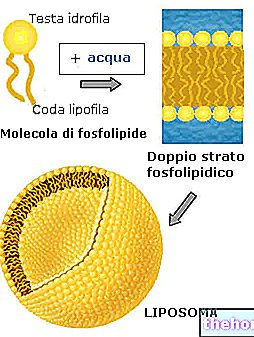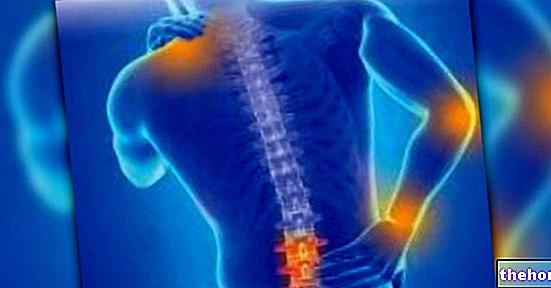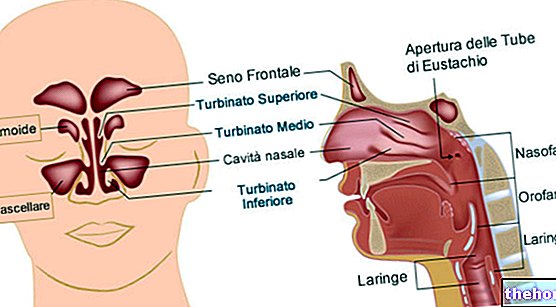Generality
The nipple is a conical or cylindrical protrusion located at the apex of the breast. This structure represents the point where the glandular ducts (or galactophores) converge, to open to the external surface of the body.

Compared to the cutaneous plane, the nipple is more or less raised. Occasionally, this can be retracted below the skin surface, but, when stimulated, it ejects upward and outward. When it remains permanently inward-flexed, on the other hand, it is called the inversion of the nipple; this condition is abnormal and must be checked from a medical point of view.
The nipple can be the site of various pathological processes, including malformations, infections, traumas and neoplasms.

Anatomy
The breast is an organ consisting of glandular tissue (organized into lobules), a series of ducts (which carry milk to the nipple) and a part of fatty tissue.
At the apex of the breast, there is the nipple, that is a conical or cylindrical relief, more or less protruding and pigmented (generally of a dark pink or brown color).
Usually, this structure is located at the level of the fourth intercostal space, on the mid-clavicular line (i.e. slightly below the middle of the chest), but the position is inconstant, as the breasts are pendulous.
The size of the nipple is usually proportional to that of the breast: the relief has an average height of 10-12 mm and a diameter of 9-10 mm.
The skin that covers it is corrugated (area cribrosa) by dimples and papillae, in which 15-20 milk ducts open; in fact, on its surface, the small outlet orifices can be observed.
The nipple also contains smooth muscle tissue, arranged circularly and radially, and responsible for its erection.
The nipple is surrounded by the "mammary areola, that is a circular area of hairless skin (a couple of centimeters in diameter). This last contains the Montgomery glands (important for making the nipple soft and elastic during breastfeeding" ), and sometimes also of the accessory breast tissue, which becomes evident with milk secretion.
Development and functions
- During the first years of life, the nipple is small in size. Upon reaching puberty, this structure increases in volume particularly in women, while it remains "rudimentary" in men. During pregnancy and breastfeeding, the nipple reaches its maximum development, becoming more prominent and pigmented.
- Under the influence of direct or reflex stimuli, the nipple goes into erection, lengthening and increasing in consistency; this phenomenon, called telotism, is due to the presence of smooth muscle cells similar to those of the areolar muscle.
- In both men and women, the nipples also represent an erogenous zone. Their prolonged and intense stimulation during sexual activity can therefore lead to arousal.
- The main physiological purpose of the nipples is the ejection of breast milk in the period following the event of childbirth. This phenomenon allows the initiation of breastfeeding.
Milk is produced in the breasts by a set of acinar glands (called alveoli) and is carried to the nipples through the milk ducts. After birth, in fact, the decrease in estrogen and progesterone allows the stimulating effect of prolactin on the secretion of milk by the cells of the alveoli and allows lactation to take place.
To get milk, the baby simply sucks on the nipples (known as sucking), causing milk to flow through the ducts.
Sucking stimulates the contraction of the myoepithelial cells that surround the alveoli and pushes the milk to flow through the milk ducts (ejection).
















.jpg)











